In my previous blogposts I’ve entirely been using Keras for my neural networks. Keras as a stand-alone is now no longer active developed, but are instead now
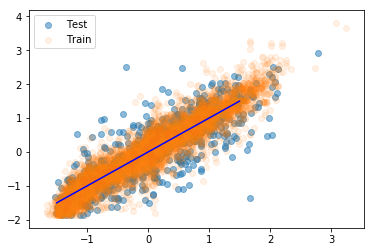

In my previous blogposts I’ve entirely been using Keras for my neural networks. Keras as a stand-alone is now no longer active developed, but are instead now
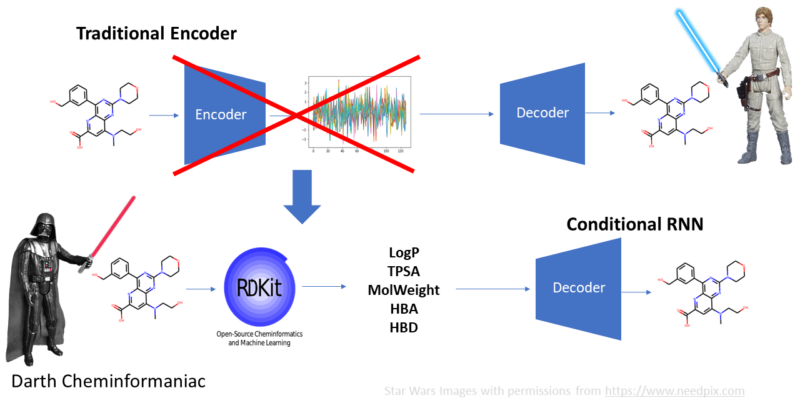
Long time ago in a GPU far-far away, the deep learning rebels are happy. They have created new ways of working with chemistry using deep learning technology
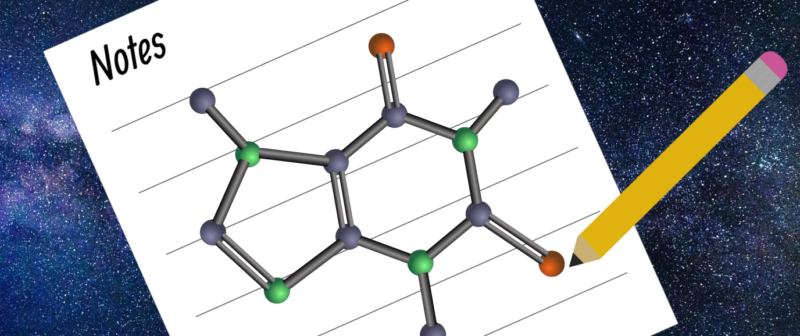
Not so long ago Greg Landrum published a blog post with an example of how the SVG rendering from RDKit in a jupyter notebook can be

Some time ago I stumbled upon some work by Patrick Walters which shows that correlation coefficients have a rather large standard error when the sample sets sizes
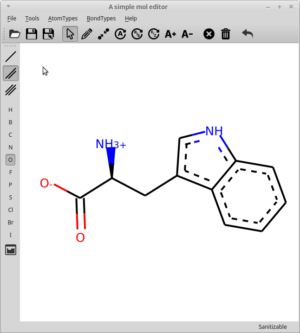
At the RDKit UGM 2018 in Cambridge I made a lightning talk where I show cased rdEditor. I’ve wanted to write a bit about it for some

To better support the change from company to blog site, the webpage theme has been updated and the historic blog posts transferred automatically. I have not yet
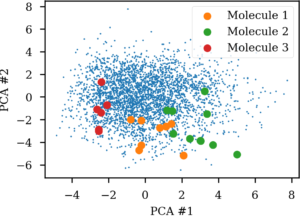
Earlier I wrote a blog post about how to build SMILES based autoencoders in Keras. It has since been a much visited page, so the topic seems

During my postdoc project at the Chemometrics and Analytical Technology section at Copenhagen University I worked with modeling of spectroscopical data with PLS models. Chemometrics is “the
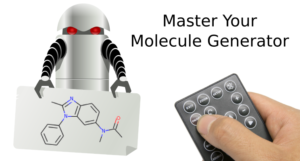
UPDATE: Be sure to check out the follow-up to this post if you want to improve the model: Learn how to improve SMILES based molecular autoencoders with

The SMILES enumeration code at GitHub has been revamped and revised into an object for easier use. It can work in conjunction with a SMILES iterator object